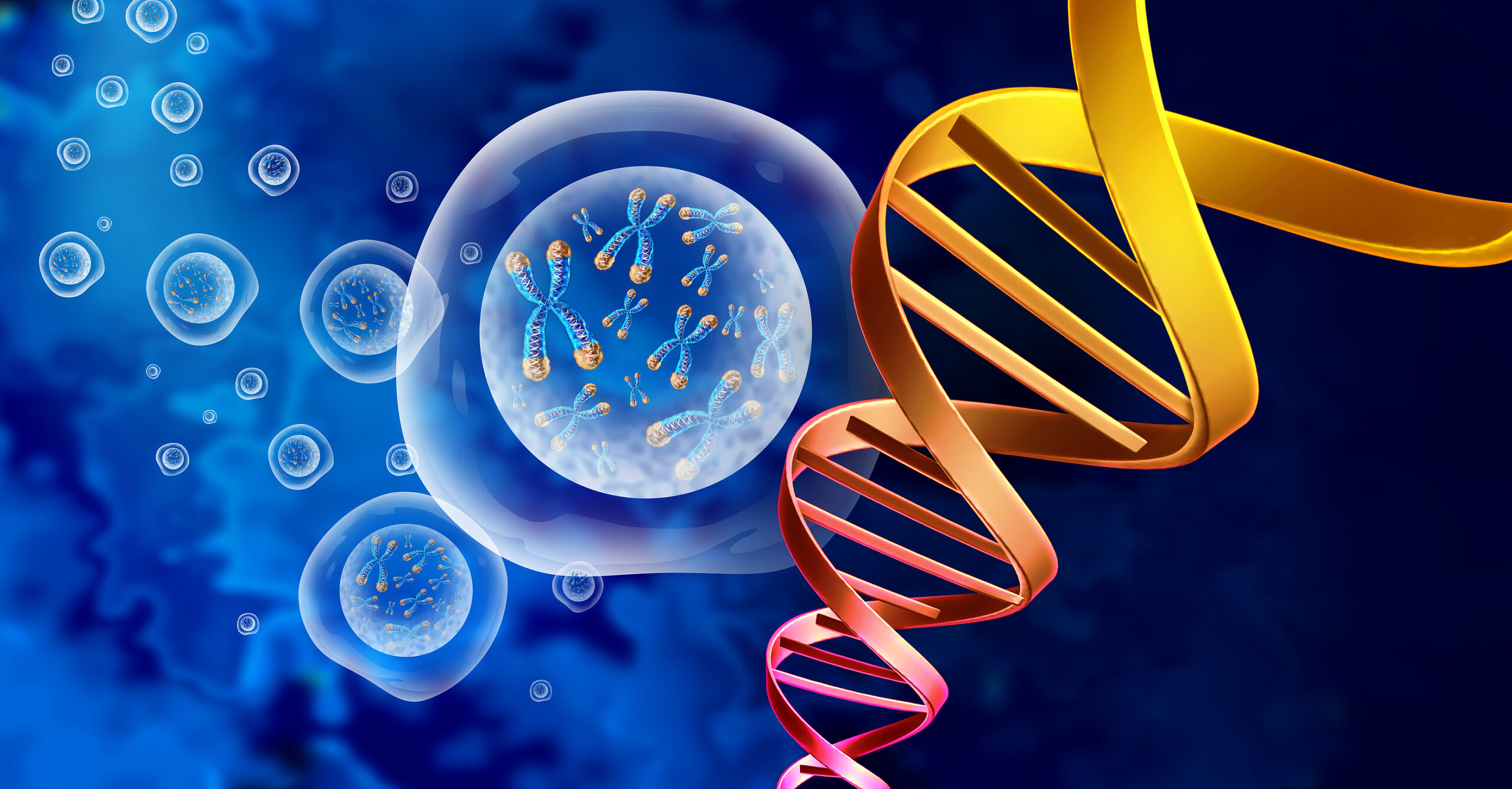What is a Sarcode?

Sarcodes are drawn from healthy animal secretions, tissues, and organs.
Sarcodes are a group of remedies drawn from the secretions, tissues or organs of healthy humans and animals. (In contrast, remedies prepared from diseased tissues or secretions are known as nosodes.)
Sarcodes are prepared in a similar way to other homeopathic remedies by a process serial dilution and succussion called potentisation.
They are another tool in the homeopath’s “toolbox” in that they offer an energetic blueprint of a healthy tissue or organ for the body mimic.
Sarcodes are prescribed for a range of purposes. They may be used:
- As a complementary remedy alongside the person’s constitutional treatment remedy
- To stimulate the function of a weakened or damaged organ
- To moderate the hypersecretion or overgrowth of a tissue or organ
- To support an organ such as the liver or kidney during a detoxing or chelating process
Remedies made from sarcodes have the same physical qualities as other homeopathic remedies: they are dispensed as sugar-pills, powders, or liquids, and can be used with other medicines and by any age group.
Further Reading
Organotherapy and the Homeopathic Use of Sarcodes
Nosode and sarcode therapies and their history–a controversial inheritance







